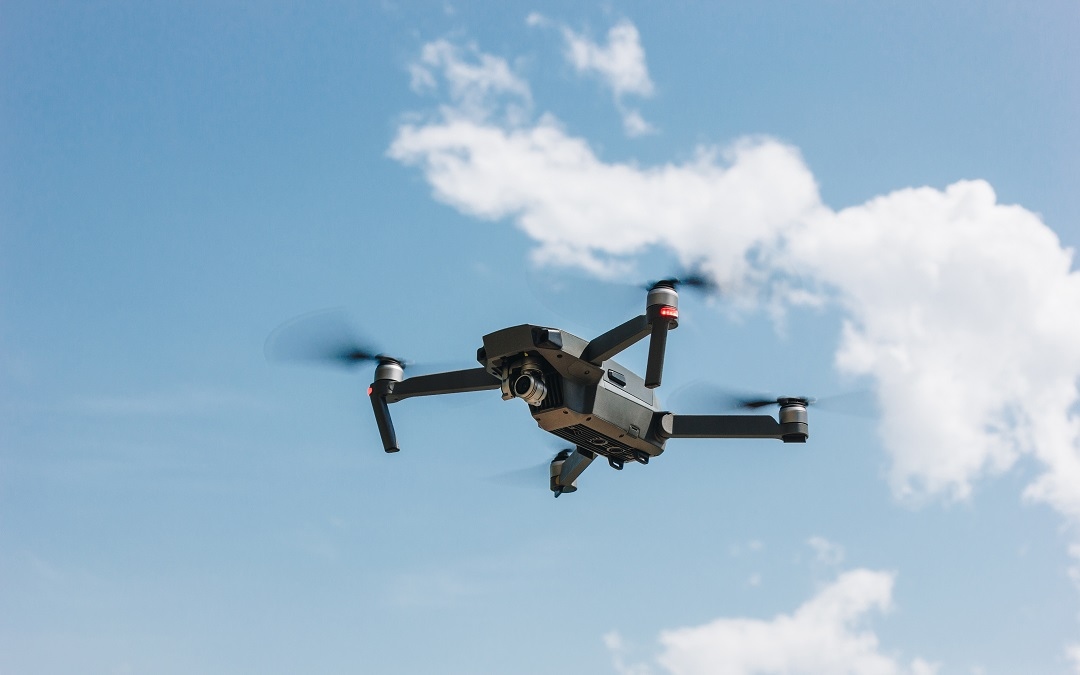Introduction to UAVs in Public Safety
The rise of Unmanned Aerial Vehicles (UAVs), or drones, has transformed public safety. Once niche gadgets, they are now integral tools for law enforcement and emergency services. UAV technology is fundamentally changing the way these sectors function, providing unmatched abilities in surveillance, evaluation, and reaction. With their ability to provide an aerial perspective, drones are revolutionizing traditional methods of monitoring and situating officers in real-time situational contexts. This change is driven by the exceptional flexibility and effectiveness of UAVs, enabling public safety professionals to carry out tasks that were previously impossible or too dangerous.
Drones can cover vast areas quickly and capture high-resolution imagery, providing critical data that strengthens decision-making processes in emergency scenarios. In natural disaster situations, UAVs can quickly assess damage and identify areas in need of urgent assistance, while in urban settings, they offer a bird’s-eye view that refines crowd management and traffic monitoring. UAVs are equipped with advanced sensors and communication tools, allowing them to detect hazards and assist in search and rescue with high precision. As public safety agencies aim to improve performance and protect both personnel and communities, drones are becoming an important part of modern policing and emergency response.
Applications of UAVs in Law Enforcement
UAVs are rapidly becoming a significant resource in law enforcement, significantly transforming public safety and monitoring practices. With advanced sensors and high-definition cameras, drones offer real-time aerial views that greatly improve situational awareness, particularly in areas where ground access is difficult or dangerous. This technology enables officers to monitor large areas from above, providing a comprehensive perspective of the surroundings. By improving visibility and data collection, UAVs allow for quicker, more informed decision-making, helping law enforcement respond more competently in critical situations.
The use of UAVs in law enforcement offers several benefits, especially in improving response times during critical incidents. Drones can quickly reach a scene, providing instant updates and valuable data to command centers. In traffic monitoring, UAVs help manage flow and assess incidents, especially at large events or in congested areas. For crime scene analysis, drones capture detailed images without disturbing evidence, aiding in accurate mapping and investigation. As agencies work to improve their operations, UAV technology is becoming essential for a more responsive and informed approach to public safety.
UAVs in Disaster Response and Emergency Management
UAVs are transforming disaster response and emergency management, offering incomparable speed, precision, and safety. These devices provide real-time data that’s important for impactful emergency coordination. After natural disasters like hurricanes, earthquakes, or floods, drones can quickly assess damage and identify the worst-hit areas. This increases public safety by helping teams prioritize resources and direct aid where it’s most needed, ultimately saving lives and reducing the impact on communities through better monitoring and response.
UAVs are indispensable in search and rescue operations, providing a bird’s-eye view that covers large areas more safely and successfully than ground teams. With advanced imaging technology, drones can spot signs of life in hard-to-reach or dangerous places, offering relevant information to guide rescue efforts. UAVs improve public safety by operating in risky environments and delivering fast, reliable information that aids monitoring efforts and helps emergency teams make quick decisions. Their use in disaster response not only improves operational competence but also strengthens public safety systems during emergencies.
Advantages of Long-Range Drones in Monitoring
Long-range drones are redefining the landscape of monitoring and public safety by offering incomparable capabilities that traditional methods cannot match. These advanced UAVs, with their ability to cover massive geographical areas, offer a complete surveillance solution that improves awareness and planning. With advanced sensors and high-resolution cameras, long-range drones provide real-time data for monitoring tasks like environmental assessments and border control. By maintaining an aerial vantage point over extended periods, these drones certify continuous monitoring without the limitations typically imposed by line-of-sight operations.
The inclusion of long-range drones into public safety strategies greatly reduces the risk to human personnel. By monitoring dangerous situations from a safe distance, UAVs provide helpful feedback without risking responders’ lives. This is mainly useful in situations with active threats, disasters, or hazardous spills. The competency of long-range drones increases safety by improving response times and creating safer communities. As UAV technology grows, its role in monitoring becomes a significant party of modern public safety operations.
Challenges and Ethical Considerations in UAV Deployment
The use of UAVs in monitoring and public safety brings challenges and ethical concerns, particularly regarding privacy. Drones’ ability to capture high-resolution images and videos raises important questions about surveillance and the potential violation of privacy rights. Public safety agencies must make sure that UAV operations respect personal privacy by strictly following legal guidelines and frameworks. Balancing the benefits of improved monitoring with the protection of citizens’ privacy is fundamental to building trust and transparency in their operations.
The regulatory landscape for UAV deployment adds another layer of complexity. Developing and implementing regulations is important to prevent misuse and verify that drones are being used responsibly. Clear guidelines and protocols help reduce risks like airspace conflicts and unauthorized data collection. Ethical considerations, including accountability and protecting civil liberties, must guide UAV strategies. As UAV technology changes, public safety agencies and policymakers must collaborate to create frameworks that address these concerns, guaranteeing the responsible integration of drones into public safety initiatives.


Recent Comments